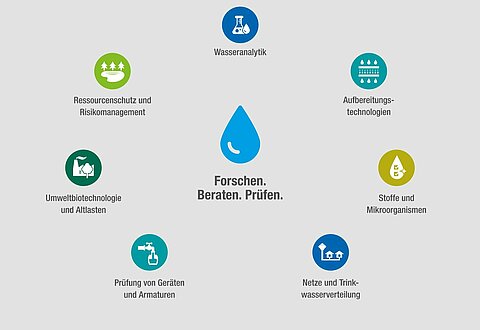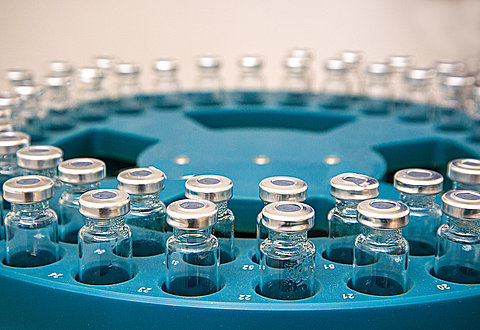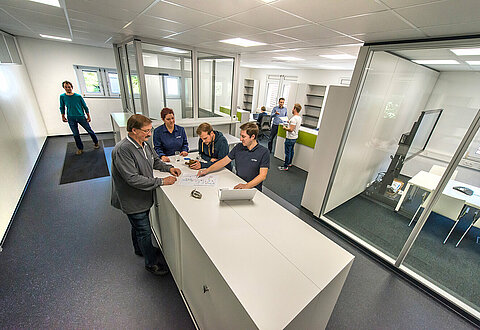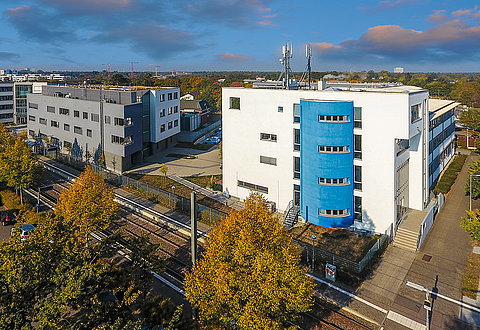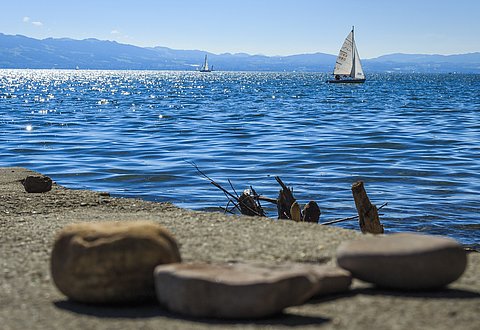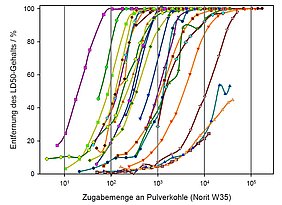The retention capacity or substance degradation of acutely toxic chemical contamination in typical treatment stages was investigated within the STATuS sub-project.
About 30 toxic chemicals were selected to assess their behaviour in the different drinking water production processes. Availability, procurement costs, solubility and acute toxicity were some of the considered criteria. The available LD50 values of the specific compounds were used to determine the level of acute toxicity. The experiments on the treatment methods were performed so that statements could be made on the compound removal in the event of an unidentified and identified attack. The following treatment processes were tested for their removal capacity: ozonation, chlorination, powdered carbon dosage, activated carbon filtration and photochemical decomposition
The removal capacity of the treatment process primarily depends on the substance properties and level of the substance that stems from the LD50 value. Limitations in the process technology also need to be considered (e.g. maximum ozone dose or the maximum powdered carbon dosage). The testing results clearly showed that the removal capacity varied widely from chemical to chemical and from treatment process to treatment process. Some statements could be made a priori, although it was only possible to create a founded database on substance behaviour by conducting systematic experiments. The data is now available to assess the risk of unidentified or identified attacks on raw water resources or drinking water treatment.
Publications
Happel, O.; Körner, B.; Mertineit, S.; Storck, F. R.:
Performance of various water treatment processes for removal of hazardous levels of chemicals.
In: Water Contamination Emergencies, Managing the Threats, ed. by Borchers, U., Gray, J., Thompson, K. C., The Royal Society of Chemistry, RSC Publishing, 233-244, ISBN: 978-1-84973-441-7 , eISBN: 978-1-84973-789-0 , dx.doi.org/10.1039/9781849737890-00233 (2013)


![[Translate to English:] Prüfstelle-Produktprüfung_Teststand Test centre and product testing](/fileadmin/_processed_/0/9/csm_TZW-Karlsruhe_Pruefung_Geraete-Teststand_444204ae51.jpg)
















